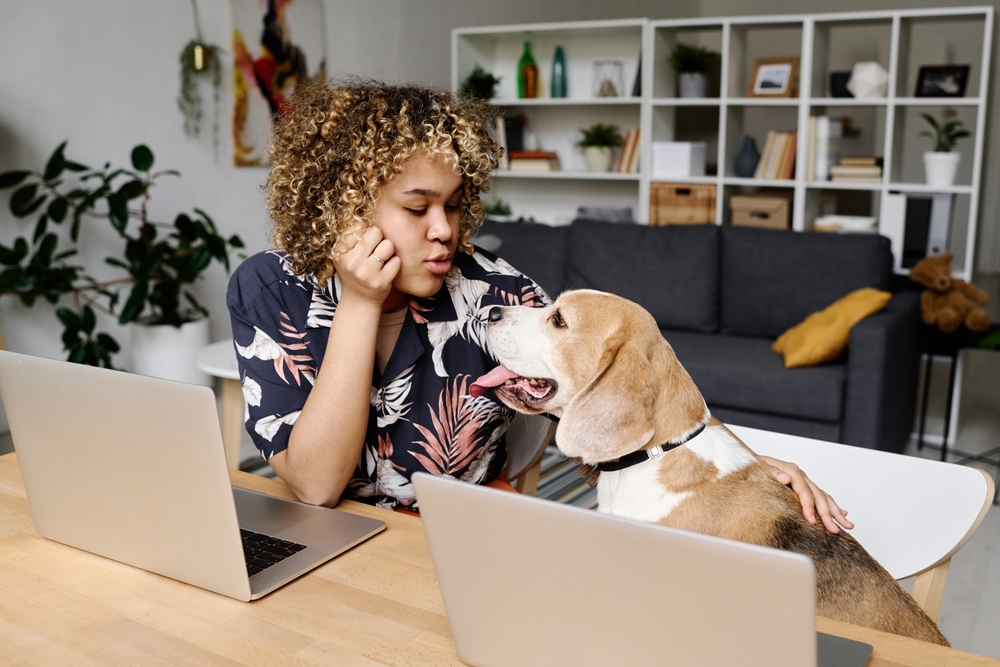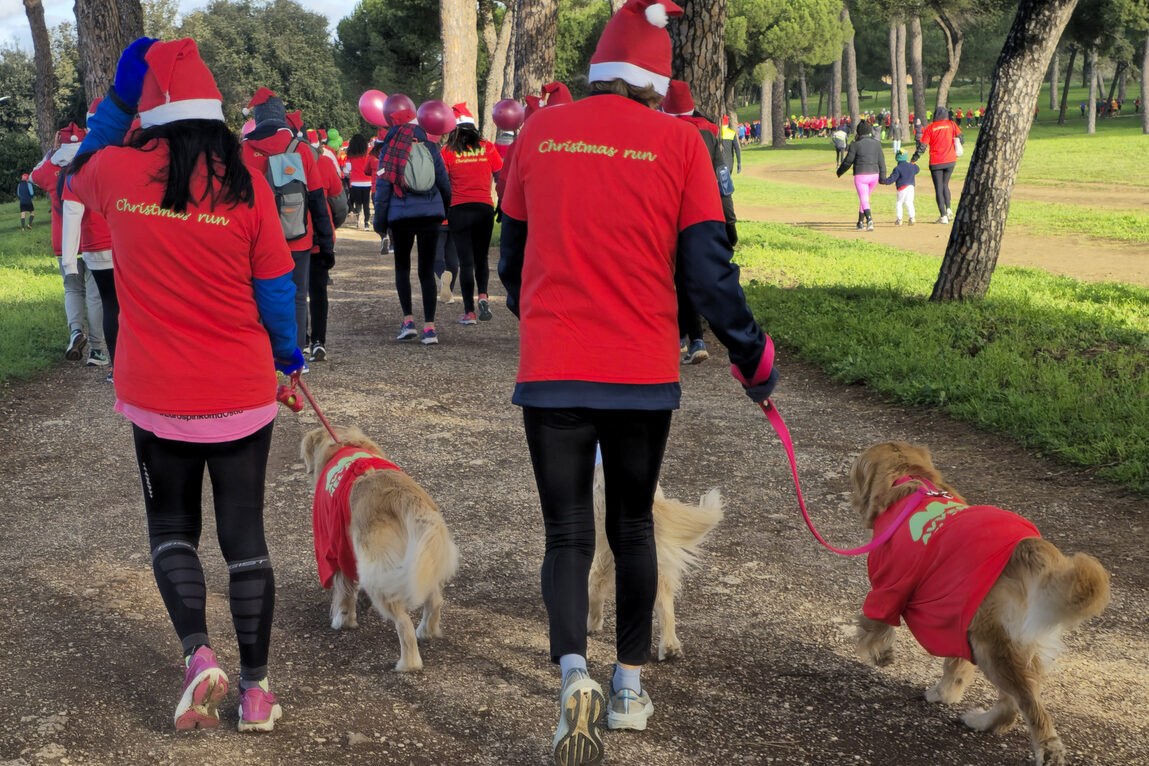1. The Deep-Rooted History of Human-Animal Companionship

Humans and animals have been forming bonds for thousands of years. From the moment early humans domesticated dogs to help with hunting and protection, this relationship has only deepened. Over time, animals like horses, cats, and even birds became more than just useful companions—they became family. This long history of coexisting and working together has wired our brains to feel connected to animals in ways we don’t always understand.
Science suggests that this bond isn’t just emotional but biological. Our ancestors who had positive relationships with animals may have had a survival advantage, whether it was through protection, transportation, or companionship. Over generations, this connection became ingrained in human DNA. Today, we see this same instinct in how we care for pets, rescue stray animals, and feel an almost automatic sense of comfort when we interact with them.
2. Animals Trigger the Release of Feel-Good Chemicals in Our Brains

There’s a reason why people feel happy and relaxed around their pets. Science has shown that interacting with animals releases oxytocin, often called the “love hormone.” This is the same chemical responsible for creating bonds between parents and children, as well as between romantic partners. Just petting a dog or cuddling a cat can cause an instant increase in oxytocin levels, leading to feelings of trust, love, and comfort.
Beyond oxytocin, spending time with animals also reduces cortisol, the hormone associated with stress. That’s why therapy animals are used in hospitals, nursing homes, and even courtrooms—to help people feel calm and supported in difficult situations. Whether it’s the soft purr of a cat or the wagging tail of a dog, animals have an incredible ability to soothe human emotions, making this bond not just psychological but deeply chemical.
3. The Evolutionary Advantage of Understanding Animal Behavior

Humans have developed an extraordinary ability to read and interpret animal behavior, and this skill has likely played a key role in our survival. Our ancestors who could predict an animal’s movements—whether for hunting, avoiding danger, or forming alliances—had a better chance of thriving. Over time, this understanding turned into something much more profound: an emotional connection with the creatures around us.
Even today, humans instinctively recognize when a dog is happy or when a cat is annoyed. We react to animals’ facial expressions and body language much like we do with other humans. Scientists believe that this skill has shaped the way we communicate, making us more empathetic and socially aware. In turn, animals have also adapted to us—dogs, for example, have evolved to make eye contact with humans as a way of strengthening their bond with us.
4. The Shared Emotional Intelligence Between Humans and Animals

People often say their pets “just know” when they’re feeling sad or stressed, and science backs this up. Studies show that animals, especially dogs, are highly sensitive to human emotions. They can pick up on changes in facial expressions, tone of voice, and body language, often reacting with comfort or concern. This shared emotional intelligence is one of the biggest reasons why the human-animal bond is so powerful.
But it’s not just one-sided—humans are just as good at understanding animals’ emotions. Whether it’s a horse’s subtle signals of unease or a cat’s purring as a sign of contentment, we naturally respond to their feelings. This mutual understanding creates a deep, unspoken connection that goes beyond words. It’s why so many people feel their pets are more than just animals; they are trusted companions who provide emotional support without judgment.
5. The Healing Power of the Human-Animal Bond

Animals have an incredible way of promoting healing, both physically and emotionally. Scientific research has shown that people who own pets tend to have lower blood pressure, reduced stress levels, and even improved heart health. Simply stroking a dog or listening to a cat purr can have a calming effect on the nervous system, lowering anxiety and promoting relaxation. This is why therapy animals are used in hospitals and rehabilitation centers—to help patients recover faster and feel more at ease during treatment.
But the healing power of animals isn’t limited to physical health. Many people struggling with loneliness, depression, or PTSD find deep comfort in their pets. The presence of a loyal animal can provide a sense of purpose and stability, especially for those who feel isolated. Even in the most challenging moments, animals have a way of bringing joy and comfort, proving that their companionship is as therapeutic as any medicine.
6. The Unspoken Language Between Humans and Animals

One of the most fascinating aspects of the human-animal bond is our ability to communicate without words. A dog tilting its head, a cat rubbing against a leg, or a horse gently nudging its owner—all of these small gestures carry deep meaning. Over time, humans and animals develop their own unique ways of understanding each other, often through subtle body language, tone of voice, and shared experiences.
This silent connection is one of the reasons why pet owners often describe their animals as soulmates or best friends. Unlike human relationships, where words can sometimes complicate things, animals offer a pure, instinctual form of companionship. They listen without judgment, provide comfort without expectations, and show affection in the most genuine ways. This ability to connect on such an intuitive level is why so many people feel an unbreakable bond with their pets.
7. The Role of Animals in Strengthening Human Social Bonds

Surprisingly, animals don’t just help us connect with them—they also bring humans closer together. Pet ownership often leads to increased social interactions, whether it’s chatting with fellow dog owners at the park, joining online communities of animal lovers, or participating in pet-friendly events. In many ways, animals act as social bridges, making it easier for people to form friendships and build relationships.
Beyond casual interactions, animals also play a vital role in strengthening family bonds. Many families grow closer by caring for a pet together, sharing responsibilities, and experiencing the joys of animal companionship as a unit. Even in communities, working animals—like therapy dogs, search-and-rescue animals, or farm animals—bring people together with a shared purpose. In a world that often feels disconnected, animals remind us of the simple, meaningful connections that make life richer.
This deep, enduring bond between humans and animals is more than just companionship—it’s a relationship built on trust, love, and an unspoken understanding that has lasted for centuries.


